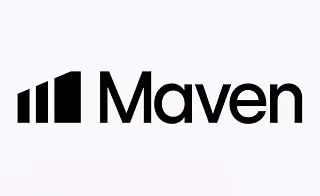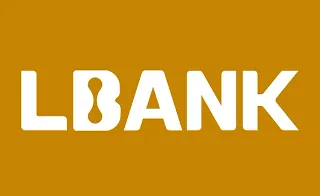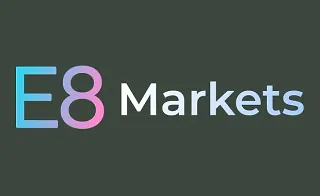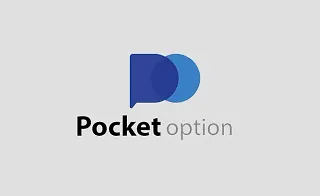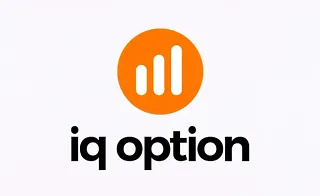NFTs are unique, non-interchangeable, and created to enable ownership of digital assets. Distinct, unique, and non-replaceable these are the hallmarks of NFTs.
These relatively new tokens can generate income through creation, investment, royalties, and blockchain gaming.
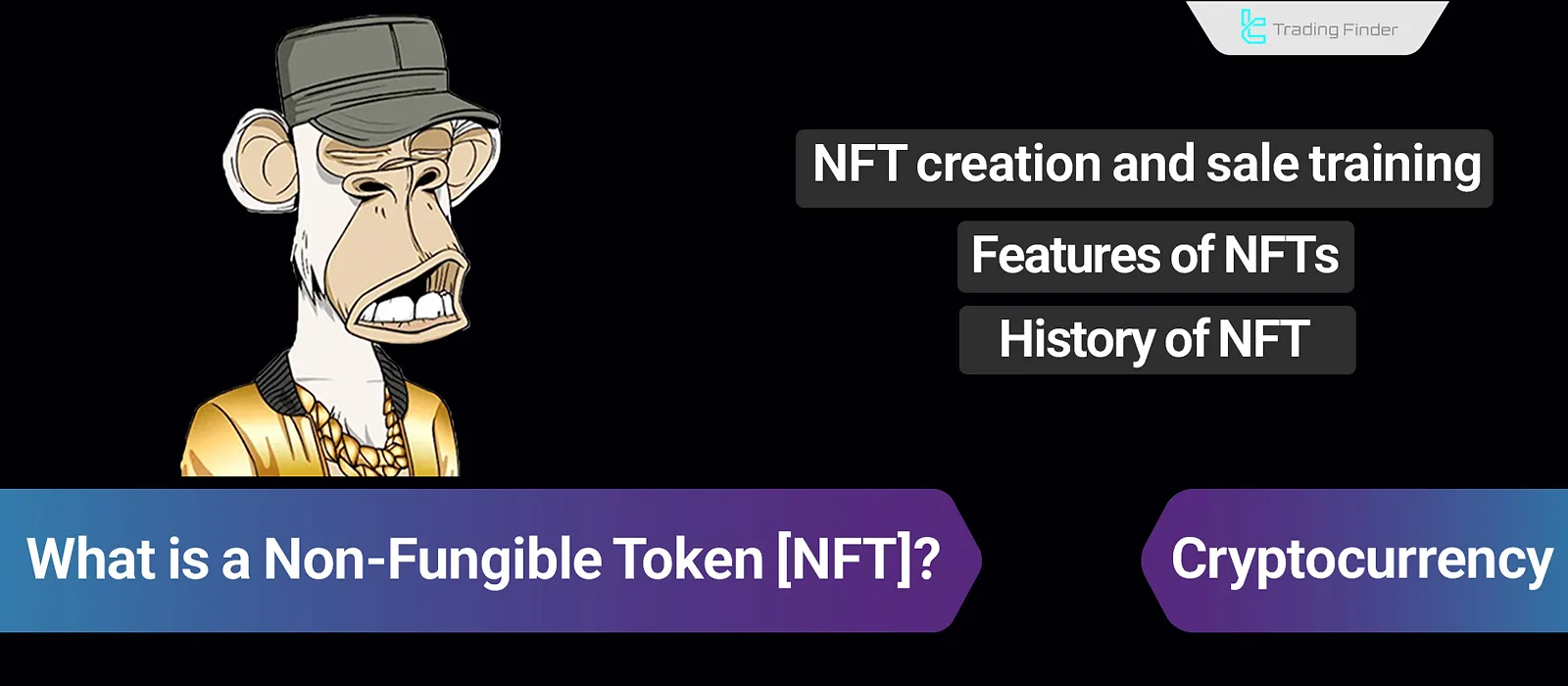
What Is NFT?
An NFT token (Non-Fungible Token) is a digital asset based on a blockchain network. Unlike tradable cryptocurrencies (e.g., Bitcoin, Ethereum), NFTs are unique and non-interchangeable, with their value determined by specific attributes.
NFT attributes can include a unique digital artwork, in-game items, or other exclusive features.
Difference Between NFTs and Fungible Tokens
Non-Fungible Tokens and fungible tokens differ in structure and use case. Below is a comparison:
Parameter | NFT | Fungible Tokens |
Interchangeability | Non-interchangeable | Interchangeable |
Valuation | Value varies by unique traits | Uniform value (e.g., 1 BTC = 1 BTC) |
Divisibility | Indivisible | Divisible into smaller units |
Primary Use | Ownership of unique digital assets (art, in-game items, etc.) | Digital currency, governance tokens |
Trading Platform | NFT marketplaces | Cryptocurrency exchanges |
Ownership | Unique blockchain identifier | Token quantity denotes ownership |
What Are the Features of Non-Fungible Tokens?
Non-Fungible Tokens have several unique features that distinguish them from other cryptocurrencies:

- Uniqueness and Rarity: Each NFT has a unique ID that makes it distinct, even within the same collection;
- Non-fungibility: Unlike cryptocurrencies, NFTs are non-fungible and cannot be exchanged on a one-to-one basis;
- Ownership: The ownership of NFT tokens is recorded on the blockchain; this ownership is immutable and cannot be forged, serving as a proof of ownership;
- Programmability: Smart contracts let NFTs have custom features—for example, holding a game item can unlock rewards over time;
- Royalty Capability: Artists can earn royalties from NFT resales—for instance, 10% each time the NFT is resold.
History of NFTs
NFTs have a relatively recent history and are among the products that were created with the advancement of blockchain technology.
Colored Coins (2012)
The first idea related to Non-Fungible Tokens was proposed in 2012 by Yoni Assia, the entrepreneur and founder of the social network eToro, under the name "Colored Coins.”
The concept of colored coins was based on the Bitcoin blockchain and aimed to create tokens with digital ownership capabilities. However, Yoni Assia's project failed due to the limitations of the Bitcoin blockchain.
Note: This project was sold in 2021 for $1.47 million after the rise in popularity of NFTs!
NFT Standardization and Early Projects (2017)
2017 can be considered a turning point for NFTs, as it was the year when the first projects were launched.
Crypto Punks Project
Two developers, John Watkinson and Matt Hall, created a collection of 10,000 unique pixelated characters on the Ethereum network. This project is considered one of the first examples of NFTs.
Crypto Kitties Project
CryptoKitties was a blockchain game where users bought, sold, and bred digital cats. People became more familiar with NFTs through this game, which led to heavy congestion on the Ethereum network!
NFT Boom (2021)
In 2021, coinciding with the Bitcoin halving bull cycle, the COVID-19 quarantine crisis, and a significant influx of liquidity into cryptocurrencies, the NFT market also experienced remarkable growth.
Many projects were created, and NFTs were traded at astronomical prices! Some of the trendiest NFT projects at the time included:
- Beeple Project and Record-Breaking Sale: In March 2021, digital artist Mike Winkelmann sold his artwork "The First 5000 Days" for $69.3 million, setting a new record;
- BAYC (Bored Ape Yacht Club): The BAYC project, featuring cartoon apes, became hugely popular, attracting stars like Eminem and Snoop Dogg;
- Entry of Famous Companies: Well-known companies such as Adidas, Nike, and Coca-Cola also entered the NFT space, launching their digital products.
How to Create an NFT? Step-by-Step Guide!
Creating an NFT involves several steps (from choosing a blockchain to selling it on NFT marketplaces).
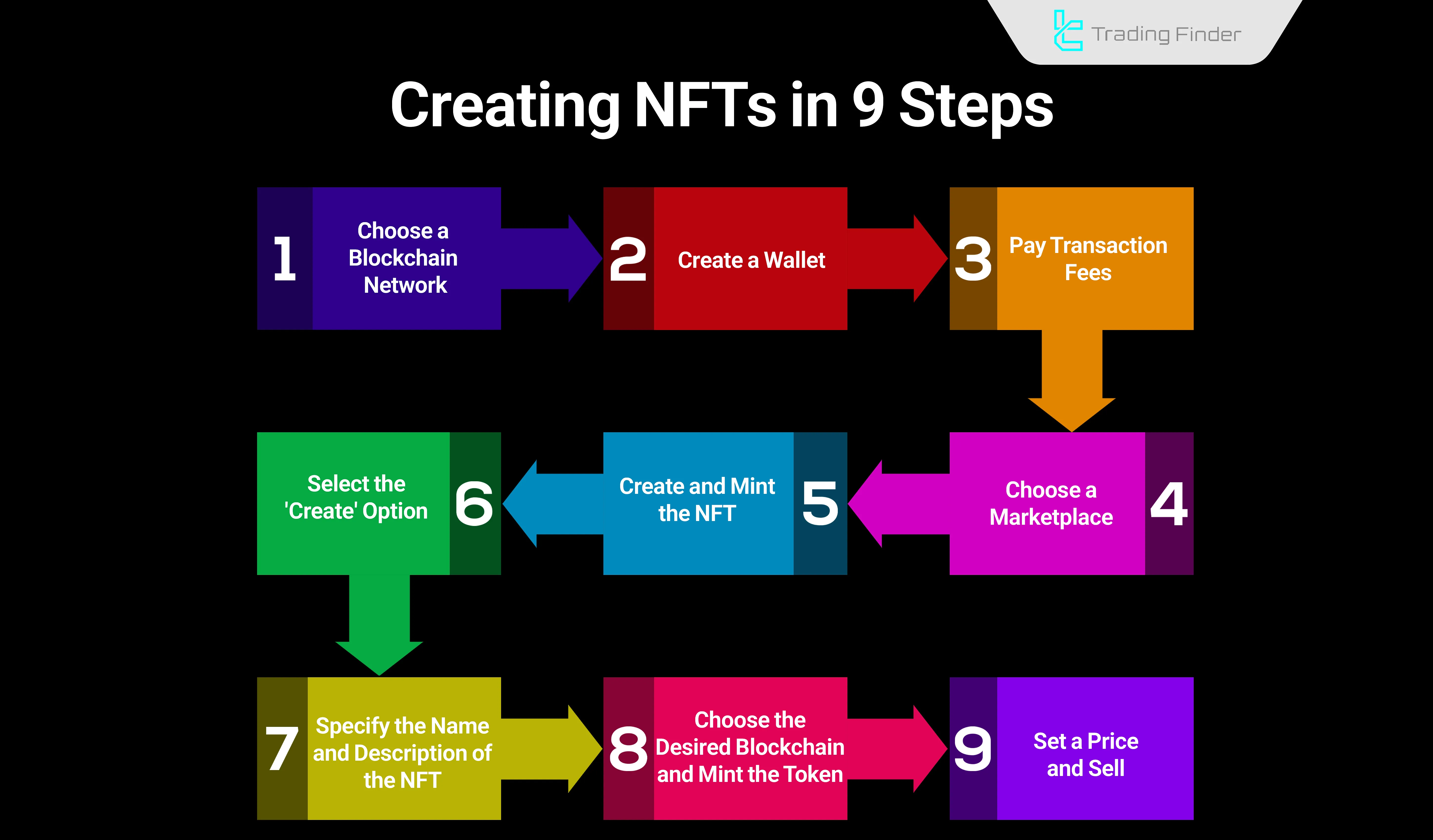
Here's a guide to creating an NFT token:
- Choose a Blockchain Network: The first step in creating an NFT is choosing a blockchain like Ethereum, Solana, Binance, Tezos, or Polygon;
- Create a Wallet: A digital wallet is needed to interact with the blockchain and store NFTs. MetaMask, Phantom, and Trust Wallet are among the most popular wallets;
- Pay Transaction Fees: To pay transaction fees, depending on the chosen network, you need to buy some cryptocurrency and transfer it to your wallet;
- Choose a Marketplace: To create an NFT and sell it, you need to choose a marketplace. The most popular marketplaces for creating and selling Non-Fungible Tokens include:
- OpenSea;
- Rarible;
- Foundation;
- Magic Eden.
- Create and Mint the NFT: Minting means registering an NFT on the blockchain by connecting your wallet and following creation steps;
- Select the 'Create' Option: Choose the "Create" option and upload your file (image, video, music, or 3D model);
- Specify the Name and Description of the NFT;
- Choose the Desired Blockchain and Mint the Token;
- Set a Price and Sell: After creating the NFT, click the "Sell" option, select the price and the sale type (auction or fixed price), and the NFT can be sold;
- Marketing and Selling: After publishing the NFT, you must promote it on social media to find potential buyers.
How to Make Money from NFTs?
Creating NFT tokens, investing in these tokens, and using NFTs in blockchain games are some of the ways to earn income from the NFT market.
Ways to Make Money from NFTs:
- Creating and Selling NFTs: Creating and selling an NFT at a high price requires an artwork or a specific project. After creation, you can trade the NFT token in NFT marketplaces or on some cryptocurrency exchanges.
- Buying and Selling NFTs: NFTs can also be purchased for the purpose of investment, since their prices might change.
- Using NFT tokens in blockchain games: In some blockchain games, it is possible to buy and sell in-game items in the form of NFTs.
- Utilizing Royalties: Many platforms allow the artist or creator to receive a percentage as a royalty from each subsequent sale of the NFT. This feature is implemented through smart contracts.
Conclusion
NFTs are non-fungible (unique) tokens that, due to their nature, enable ownership of specific digital assets. Thanks to Non-Fungible Tokens, artists and creators of unique works can earn income by selling their creations as non-fungible tokens.
Investing in NFTs or participating in blockchain-based games are other ways to earn from this emerging market It's also essential to follow the overall cryptocurrency market trends and have knowledge of fundamental crypto analysis to earn from NFTs.
